HEARING AIDS
Latest Advancements in Hearing Aid Technology in 2025
By Team Hearzap | March 25, 2025
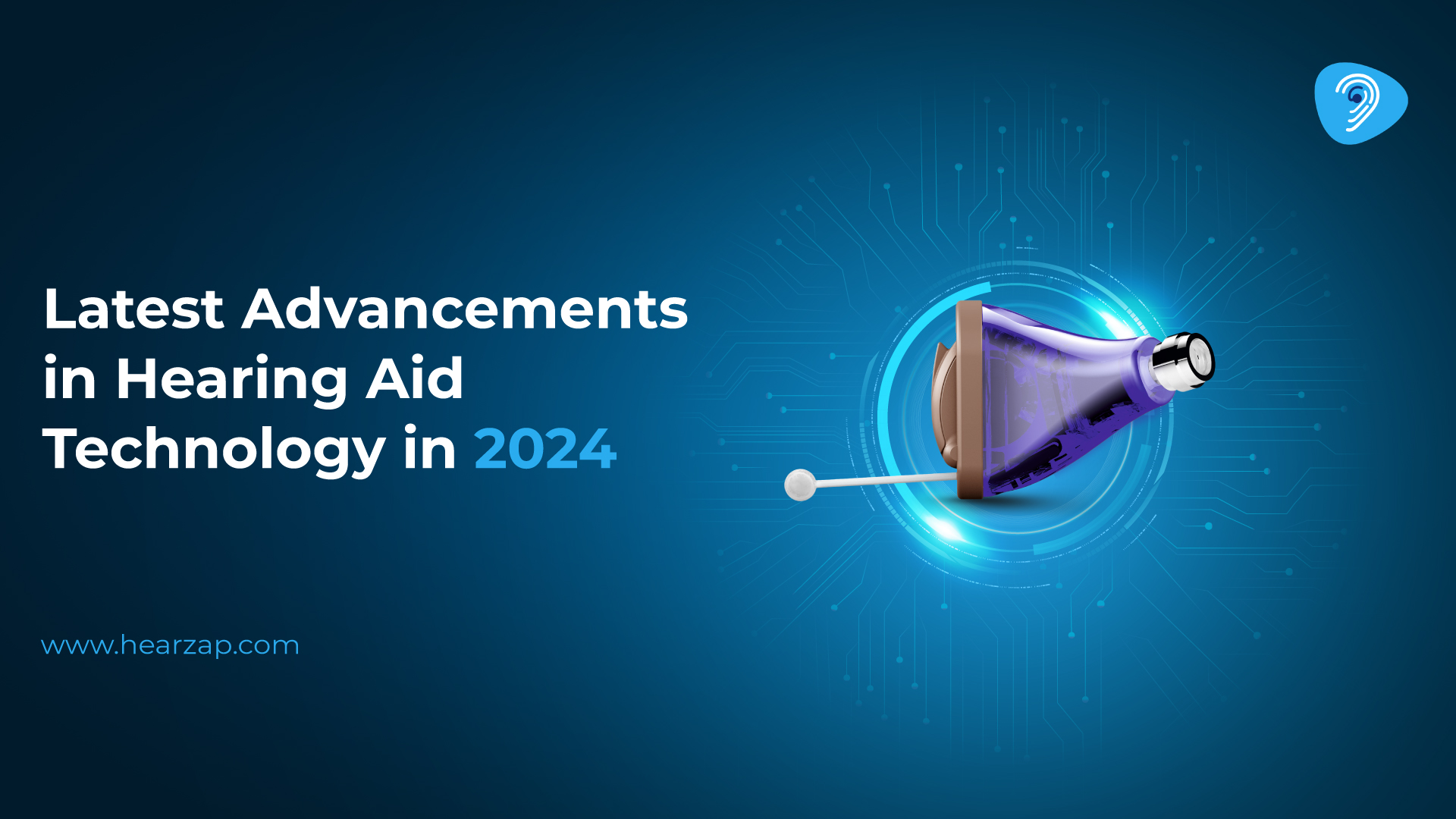
Recent improvements in healthcare have greatly enhanced the lives of many people. Hearing aids have evolved significantly since their early designs and are now much more reliable. They are more discreet, powerful, and customizable than ever. Today, they serve a wide variety of individuals with different levels of hearing loss and offer many advanced features.
1. Artificial Intelligence (AI)
Artificial Intelligence is changing how hearing aids work by making them more personalized and adaptable. With smart algorithms, today’s hearing aids can learn and adjust to each user's specific listening preferences, providing a customized sound experience.
Personalized Sound Adjustments: AI analyzes the user's surroundings in real-time and changes settings to ensure the best sound quality for their hearing needs.
Machine Learning Capabilities: Over time, AI learns what users prefer and makes automatic adjustments to improve their listening experience without needing manual changes.
Enhanced Speech Recognition: AI technology helps clarify speech, making it easier to understand conversations even in noisy environments.
2. Rechargeable Lithium-Ion Batteries
The introduction of rechargeable lithium-ion batteries marks a significant shift in the convenience and sustainability of hearing aids. These batteries not only provide long-lasting power but also reduce the environmental impact associated with traditional disposable batteries.
Extended Battery Life: A single charge can last several days, reducing the need for frequent recharging and making daily use more convenient.
Environmental Benefits: The shift to rechargeable batteries minimizes waste from disposable batteries, making hearing aids more eco-friendly.
User-Friendly Design: Many devices come with easy charging options, such as portable charging cases, simplifying the charging process.
3. Bluetooth Connectivity
Bluetooth connectivity has transformed how users interact with their hearing aids, allowing seamless integration with various devices. This technology enhances the listening experience by enabling direct audio streaming from smartphones, televisions, and more.
Seamless Device Integration: Users can easily connect their hearing aids to smartphones, televisions, and other audio devices, allowing for direct streaming.
Hands-Free Calling: Bluetooth enables clear phone conversations without needing to hold the phone to the ear, enhancing convenience.
Multiple Device Pairing: Many hearing aids support simultaneous connections to several devices, making it easy to switch between audio sources.
4. Streaming
Advancements in streaming capabilities are providing users with high-quality audio experiences that make listening more enjoyable. Whether for calls, music, or podcasts, the latest hearing aids are designed to deliver exceptional sound quality directly to the user's ears.
High-Quality Audio Streaming: Modern hearing aids allow for direct audio streaming from various devices, improving sound quality for calls and media.
Multi-Device Streaming Capability: Users can easily switch between different devices, such as from a phone call to listening to music.
Real-Time Adjustments: Some models let users adjust audio settings while streaming, providing a customized listening experience.
5. Advanced Noise Reduction
One of the primary challenges for hearing aid users is background noise. The latest models are equipped with advanced noise reduction technologies that significantly improve the balance between reducing distractions and enhancing speech clarity.
Directional Microphones: Newer models focus on sounds coming from the front while minimizing noise from the sides and back, enhancing speech clarity.
Speech Enhancement Algorithms: These algorithms prioritize speech frequencies and suppress background noise, resulting in clearer conversations.
Adaptive Noise Management: Advanced systems can automatically adjust noise reduction levels based on the acoustic environment, ensuring optimal sound quality.
6. Tinnitus Masking
For many individuals suffering from tinnitus, relief is now available through advanced hearing aid features. Tinnitus masking capabilities in modern devices can provide soothing sounds to help alleviate the persistent ringing or buzzing, improving comfort and quality of life.
Integrated Tinnitus Relief: Many hearing aids now include features that generate soothing sounds to mask tinnitus, providing relief from constant ringing.
Adjustable Sound Profiles: Users can customize the masking sounds to their preferences, allowing for a more personalized experience.
Improved Comfort Levels: By addressing tinnitus alongside hearing loss, these features enhance overall comfort and quality of life for users.
7. Discreet Hearing Aids
Discretion is a key concern for many hearing aid users, and 2025 has seen the emergence of invisible hearing aids that deliver powerful performance without drawing attention. These devices are designed to fit deeply within the ear canal, making them nearly undetectable. Additionally, advancements in behind-the-ear (BTE) models have also contributed to a more discreet design, ensuring that users have options that blend seamlessly into their daily lives.
Advancements in ITE Models: Modern ITE hearing aids have become more compact and efficient, offering better sound quality while remaining discreet. These models are designed to fit comfortably in the ear and often feature customizable options for enhanced comfort.
Innovations in BTE Models: BTE hearing aids have also seen advancements, with sleeker designs that make them less noticeable. Innovations in materials and technology have allowed for lighter devices that deliver exceptional sound quality and battery life.
8. Enhanced Safety and Health Features
Safety features are becoming increasingly important in hearing aid technology, with fall detection being a notable advancement. This capability not only enhances user safety but also provides peace of mind for caregivers and loved ones.
Integrated Safety Features: Some models now include sensors that detect falls and automatically alert caregivers or emergency contacts. Fall detection promotes independence while ensuring that help is available in case of emergencies.
Comprehensive Health Monitoring: Modern hearing aids offer fitness tracking that monitors activity levels and steps, similar to smartwatches, along with health insights to encourage users to stay active. Some models include emergency alerts for critical situations, GPS for location tracking, and the ability to monitor vital health metrics like heart rate and physical activity.
Takeaway
The advancements in hearing aid technology in 2025 are leading to more effective, convenient, and user-friendly devices. Features like AI personalization, rechargeable batteries, Bluetooth connectivity, and improved noise reduction are not only enhancing hearing but also transforming lives. As technology continues to evolve, the outlook is promising for anyone looking to improve their hearing experience.
Related Blogs
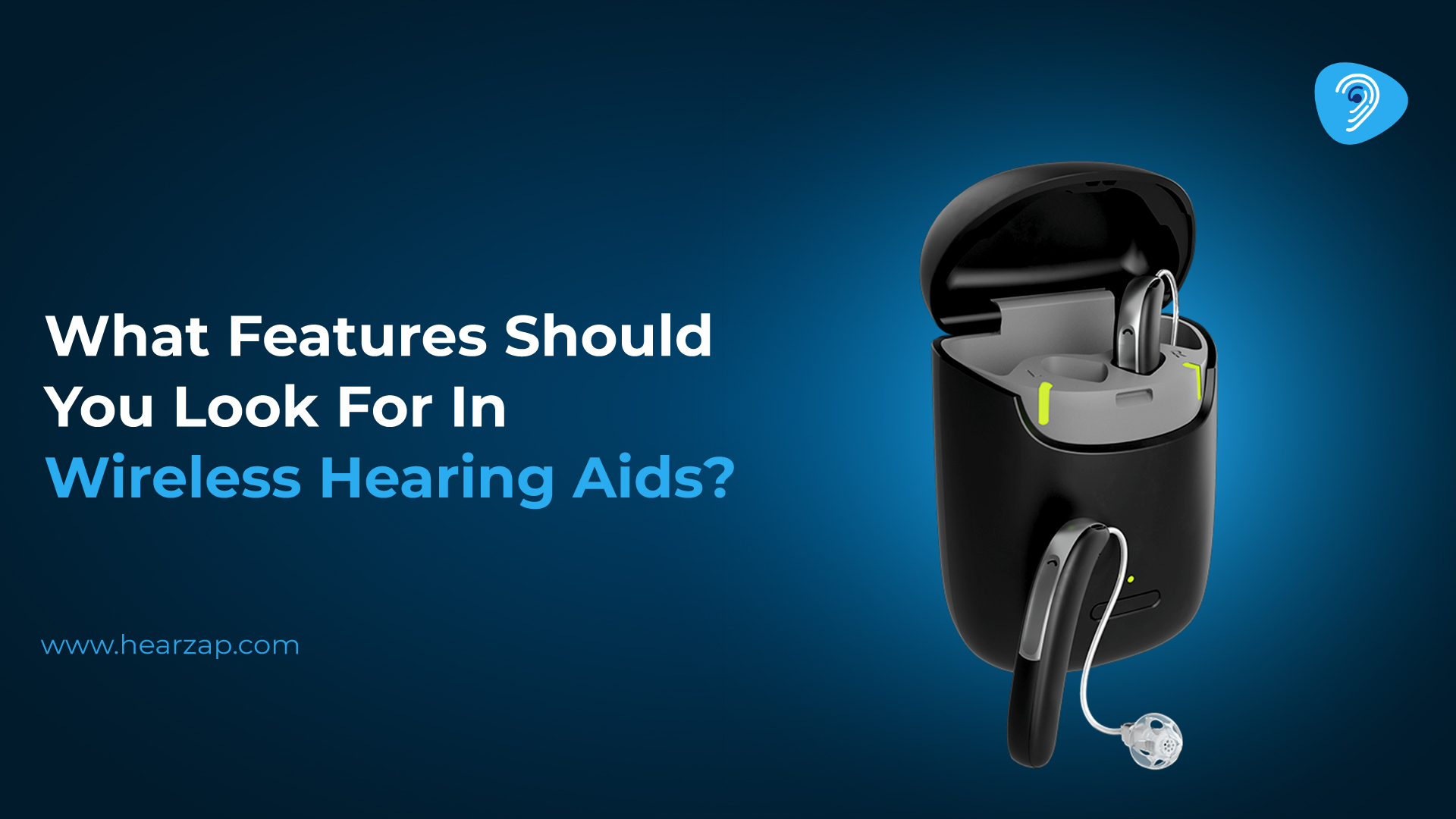
Key Features to Look for in Wireless Hearing Aids
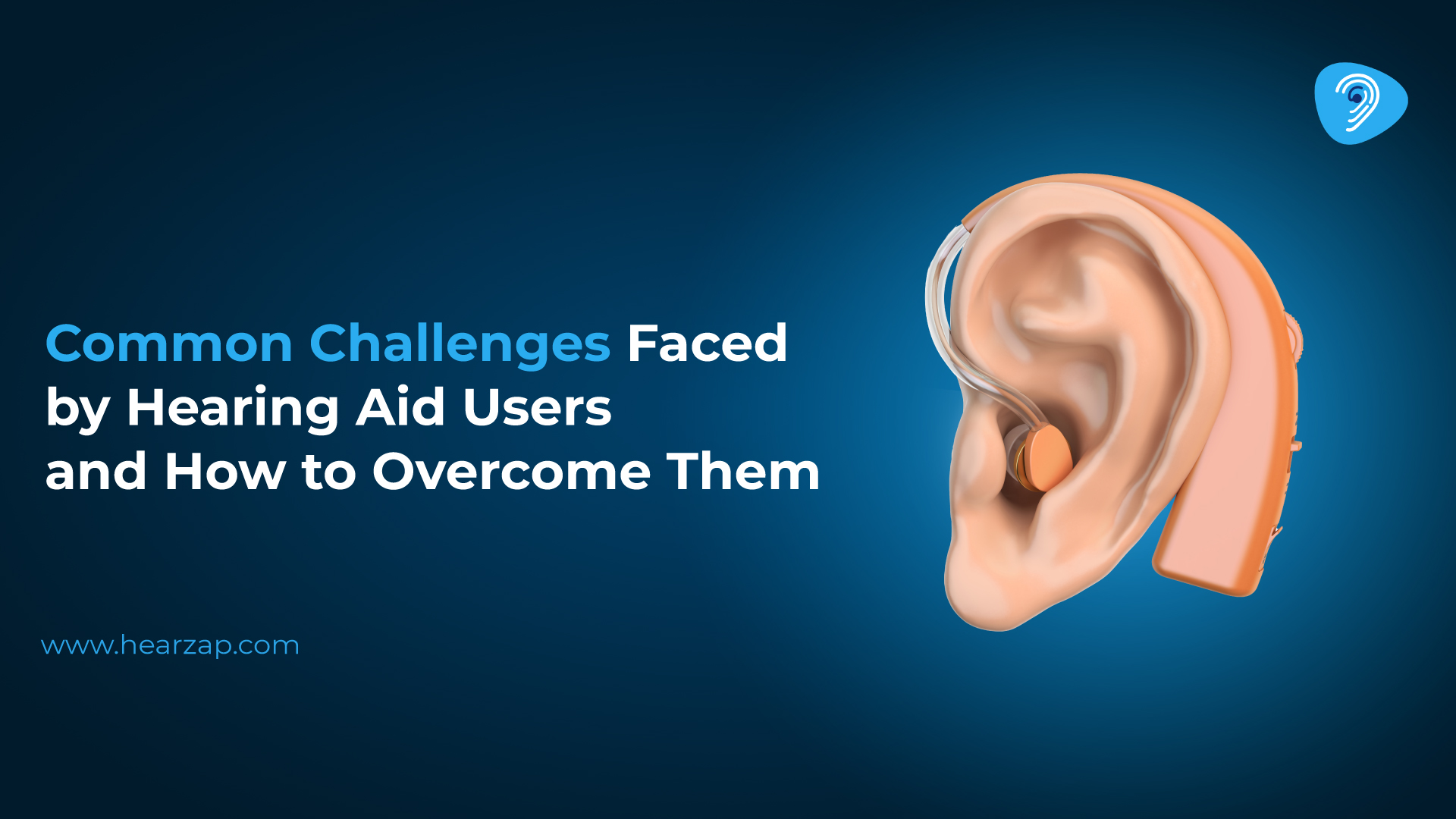
Challenges for Hearing Aid Users & How to Overcome Them
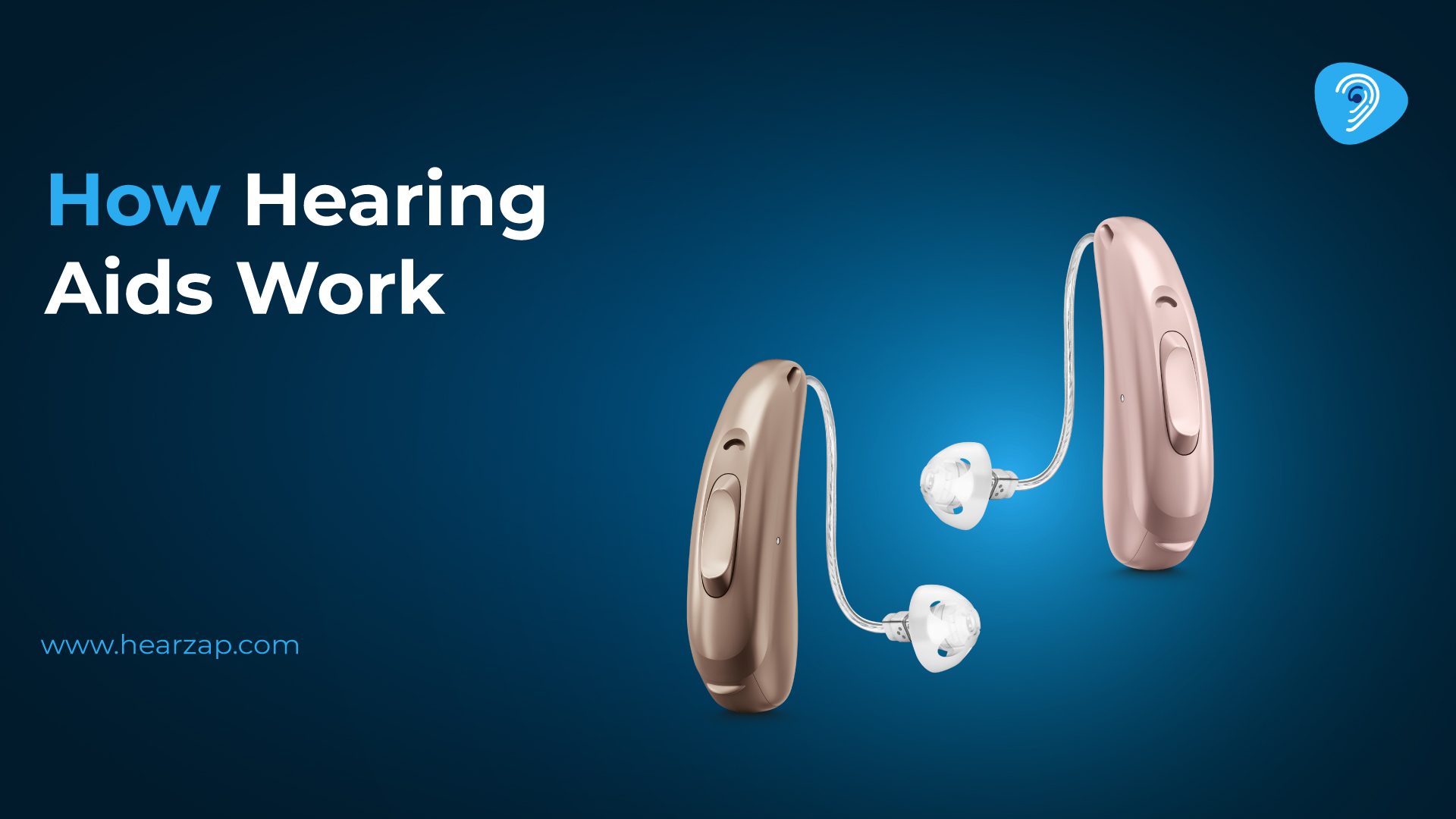
How Hearing Aids Work?
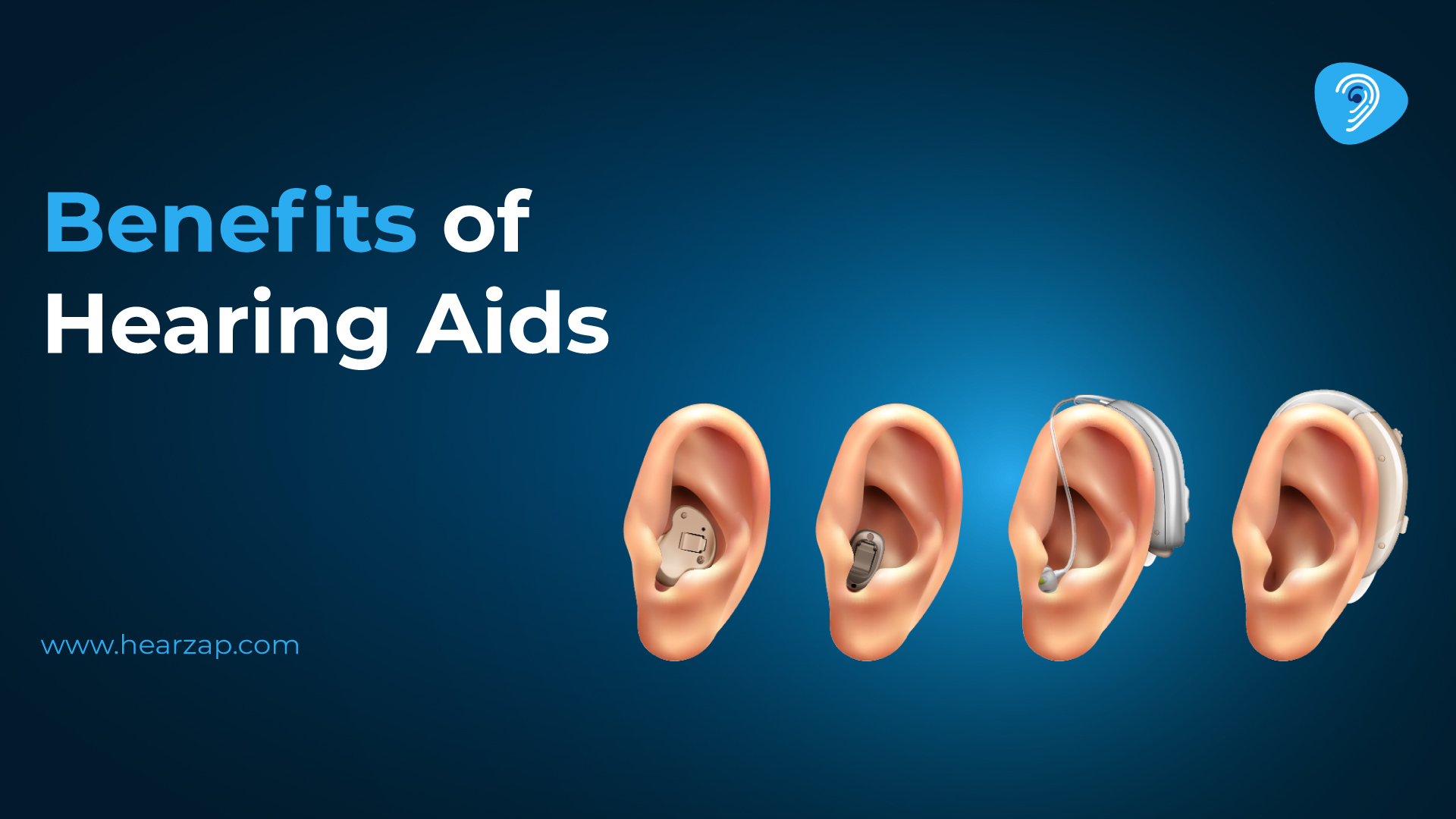
Benefits of Hearing Aids
Contact us
We are here for all your hearing needs, from hearing tests to hearing aids. Fill out the form below, and we will give you a call soon.
Please enter a valid mobile number with 10 digits.
Recent Blogs
By Team Hearzap | April 18, 2025
By Team Hearzap | April 18, 2025
By Team Hearzap | April 17, 2025
By Team Hearzap | April 17, 2025
By Team Hearzap | April 16, 2025
Newsletter Subscription
Subscriber to one-stop hearing care newsletter.









